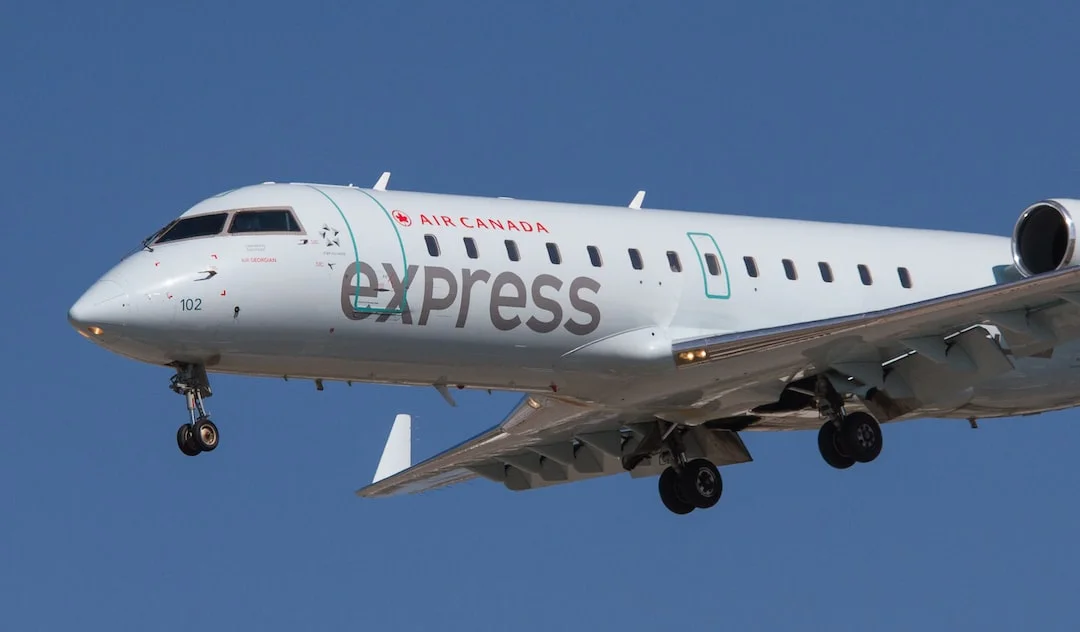The Speed Reference System (SRS) is a vital component of the Airbus A320 aircraft, responsible for providing accurate speed and related parameters to the flight control computers. It plays a significant role in ensuring the safety and performance of the aircraft by continuously monitoring and updating essential speed information. This article will explore the functionality and importance of the Speed Reference System on the Airbus A320.
Contents
The Role of the Speed Reference System
The Speed Reference System on the Airbus A320 acts as the primary source of speed information for various systems and components, including the flight control computers, autopilot, auto-thrust management system, and many others. It consists of several sensors and components that work together to measure and calculate accurate speed references throughout the different phases of flight.
One of the critical components of the Speed Reference System is the Air Data Reference (ADR) unit. The ADR unit is responsible for collecting data from various sensors, such as pitot tubes, static ports, and angle of attack vanes, to determine vital parameters like airspeed, altitude, and angle of attack. These measurements are crucial for the proper operation of the aircraft’s flight control systems and avionics.
The ADR unit combines the information obtained from the different sensors and calculates accurate speed references in real-time. This data is then transmitted to the flight control computers, which use it to make informed decisions regarding flight control inputs, autopilot engagement, and other flight parameters. The Speed Reference System ensures that the aircraft maintains the desired speeds for takeoff, climb, cruise, descent, and landing, enhancing safety and performance.
The Components of the Speed Reference System
The Speed Reference System consists of several crucial components that work in harmony to provide accurate speed references. These components include:
1. Pitot Tubes
Pitot tubes are essential sensors located on the exterior of the aircraft, specifically on the nose or wings. They measure the impact pressure of the incoming air, which allows the Speed Reference System to determine the aircraft’s airspeed. The pitot tubes are carefully designed to minimize errors caused by factors like icing, blockages, or disturbances in airflow.
2. Static Ports
Static ports are another critical component of the Speed Reference System on the Airbus A320. They provide static pressure readings, which are necessary to calculate parameters such as altitude and Mach number. Similar to pitot tubes, the static ports are designed to minimize measurement errors and ensure accurate data for the flight control systems.
3. Angle of Attack Vanes
The angle of attack vanes help determine the angle between the aircraft’s airfoil and the relative wind. This measurement is crucial for estimating parameters like lift and stalling conditions. The Speed Reference System uses the data from angle of attack vanes to further refine its accuracy and provide precise speed references.
The Importance of the Speed Reference System
The Speed Reference System plays a critical role in ensuring the safety and performance of the Airbus A320 aircraft. Here are some key reasons why it is essential:
1. Accurate Speed Calculation
The accurate calculation of speed is vital for several aspects of an aircraft’s operation, such as takeoff and landing speeds, maneuvering, and autopilot engagement. The Speed Reference System ensures that the flight control computers receive precise speed references, allowing for safe and efficient flight operations.
2. Performance Optimization
By continuously monitoring and updating speed information, the Speed Reference System enables the aircraft to maintain its desired speeds throughout the flight. This optimization of speed contributes to fuel efficiency, reduces wear and tear on the aircraft, and enhances the overall performance of the A320.
3. Enhancing Safety
Accurate speed references provided by the Speed Reference System are essential for maintaining safe flight conditions. The flight control computers use this data to ensure the aircraft operates within its safe envelope, preventing excessive speeds, stalls, and other potentially dangerous situations. The Speed Reference System acts as a reliable tool for pilots to make informed decisions and respond to critical scenarios.
In conclusion, the Speed Reference System (SRS) on the Airbus A320 is a fundamental component that provides accurate speed references for the aircraft’s flight control systems. Its role in calculating and updating speed information ensures the safety, performance, and optimized operation of the A320. Pilots can rely on the precise data provided by the Speed Reference System to make informed decisions and keep the aircraft within its safe flight envelope.




